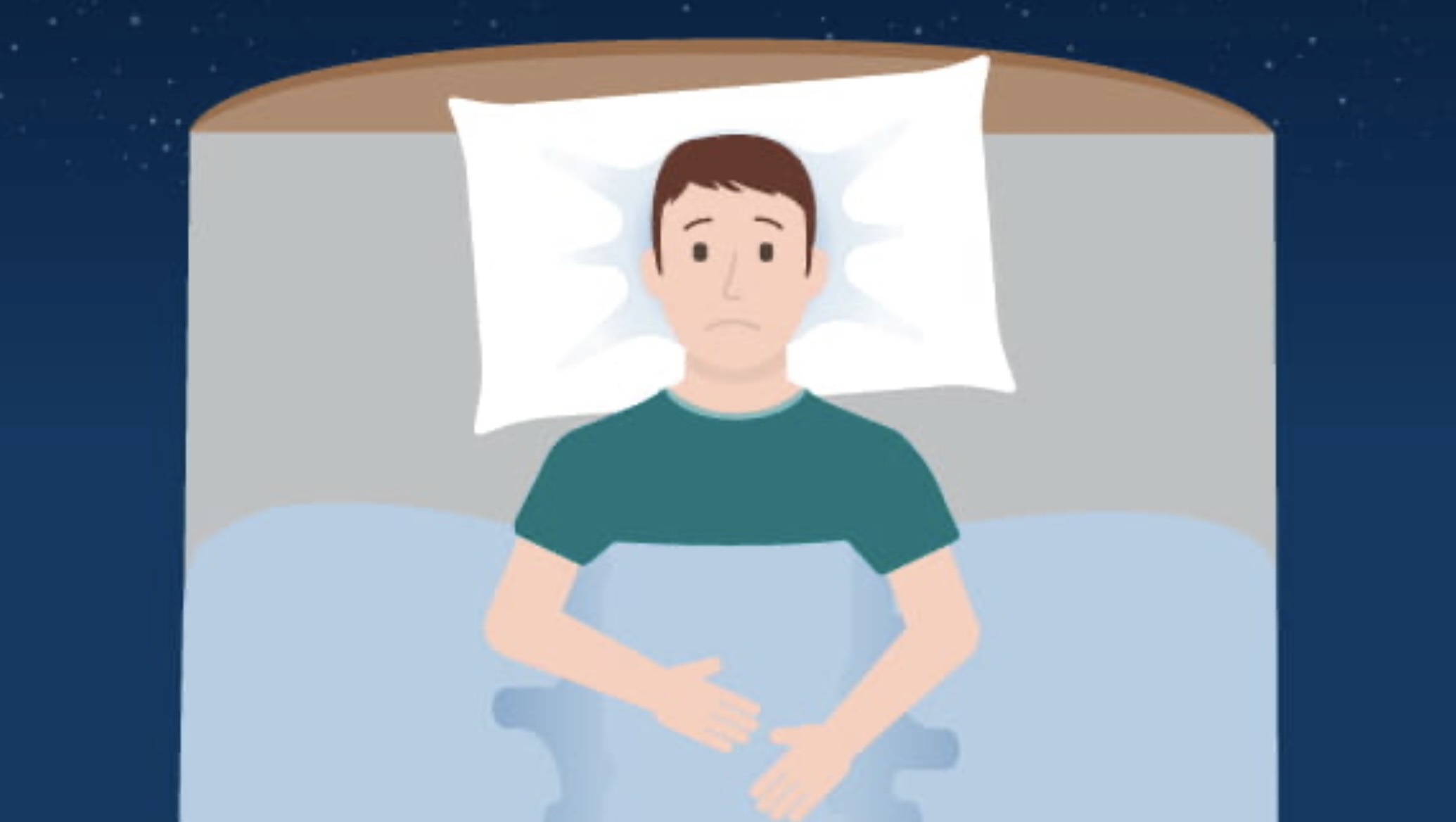Hodgkin’s Disease: Symptoms, Causes, Treatment
What are the symptoms of Hodgkin’s disease?
Hodgkin’s disease, also known as Hodgkin’s lymphoma, is a type of cancer that affects the lymphatic system. The symptoms of Hodgkin’s disease can vary depending on the stage of the disease and the organs involved, but common symptoms may include:
- Swollen lymph nodes: The most common symptom of Hodgkin’s disease is swelling of the lymph nodes, usually in the neck, armpits, or groin. The lymph nodes may be painless or tender to the touch.
- Unexplained weight loss: People with Hodgkin’s disease may experience unexplained weight loss, often accompanied by a loss of appetite.
- Fatigue: Fatigue is a common symptom of Hodgkin’s disease and may be persistent despite getting enough rest.
- Fever: Some people with Hodgkin’s disease may experience recurrent fevers, especially at night.
- Night sweats: Night sweats that are unrelated to the environment or physical activity are a common symptom of Hodgkin’s disease.
- Itchy skin: Some people with Hodgkin’s disease may experience itchiness, especially after drinking alcohol.
- Pain: Rarely, Hodgkin’s disease can cause pain, particularly in the lymph nodes after drinking alcohol.
- Other symptoms: In advanced stages of the disease, Hodgkin’s disease can cause additional symptoms such as coughing, shortness of breath, chest pain, and swelling of the abdomen.
It’s important to note that these symptoms can also be caused by other conditions, so it’s essential to consult a healthcare provider for a proper diagnosis if you experience any of these symptoms.
What are the causes of Hodgkin’s disease?
The exact cause of Hodgkin’s disease, also known as Hodgkin’s lymphoma, is unknown. However, it is believed to be caused by a combination of genetic and environmental factors. Some factors that may increase the risk of developing Hodgkin’s disease include:
- Family history: Individuals with a family history of Hodgkin’s disease or other lymphomas may have an increased risk of developing the condition.
- Viral infections: Certain viral infections, such as the Epstein-Barr virus (EBV), have been linked to an increased risk of Hodgkin’s disease.
- Immune system disorders: People with weakened immune systems, such as those with HIV/AIDS or those who have undergone organ transplantation, are at a higher risk of developing Hodgkin’s disease.
- Age and gender: Hodgkin’s disease is more common in young adults between the ages of 15 and 40, as well as in individuals over the age of 55. It is also slightly more common in males than females.
- Exposure to certain chemicals: Exposure to certain chemicals, such as pesticides, solvents, and herbicides, may increase the risk of developing Hodgkin’s disease, although the evidence is not conclusive.
- Previous cancer treatment: Individuals who have undergone certain cancer treatments, such as radiation therapy or chemotherapy, may have an increased risk of developing Hodgkin’s disease later in life.
It’s important to note that having one or more risk factors does not mean that a person will develop Hodgkin’s disease, and many people with Hodgkin’s disease do not have any known risk factors
What is the treatment for Hodgkin’s disease?
The treatment for Hodgkin’s disease, also known as Hodgkin’s lymphoma, depends on several factors, including the stage of the disease, the type of Hodgkin’s lymphoma, the patient’s age and overall health, and other individual factors. Treatment typically involves a combination of therapies, which may include:
- Chemotherapy: Chemotherapy is often used to treat Hodgkin’s lymphoma. It involves the use of powerful drugs to kill cancer cells. Chemotherapy may be given alone or in combination with other treatments.
- Radiation therapy: Radiation therapy uses high-energy rays to target and kill cancer cells. It may be used alone or in combination with chemotherapy, depending on the stage and location of the disease.
- Targeted therapy: Targeted therapy drugs target specific molecules involved in cancer cell growth and survival. These drugs may be used in combination with chemotherapy or radiation therapy for certain types of Hodgkin’s lymphoma.
- Immunotherapy: Immunotherapy uses the body’s immune system to help fight cancer. It may be used in combination with other treatments for Hodgkin’s lymphoma.
- Stem cell transplant: In some cases, a stem cell transplant may be recommended for Hodgkin’s lymphoma. This procedure involves replacing diseased bone marrow with healthy stem cells to help the body recover from high-dose chemotherapy or radiation therapy.
- Surgery: Surgery is not typically used as a primary treatment for Hodgkin’s lymphoma, but it may be used in some cases to remove a lymph node for diagnosis or to treat complications of the disease.
The specific treatment plan for Hodgkin’s lymphoma will be determined by a multidisciplinary team of healthcare providers based on the individual’s case. It’s important for patients to discuss their treatment options and goals with their healthcare team to make informed decisions about their care.




